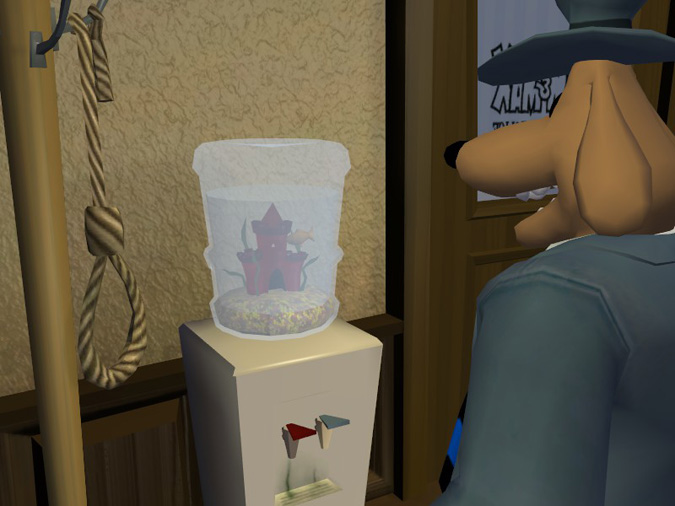For the past few months I have been working on a bookcase for my office. I bought three of these unfinished bookcases and stained them with Minwax Aged Oak gel stain. This took a lot longer than staining dollhouse furniture! I dragged it out over a month and a half, doing a few pieces each weekend.
Then Geoff helped me cut down the tops so the three bookcases could fit right next to each other, and we assembled them and bolted them together.

There are some empty spots on the shelves that are perfect for displaying minis. The Infinite Possibilities Porch and four seasons roombox have already found a home here, and I’ll put the screened-in back porch here when it’s finished. (I hit a snag with that and haven’t worked on it in a while — more details to come in a future post.)
This weekend I started another small project that will fit on the bookshelf when it’s finished, a Craftsman bungalow vignette kit by Debbie Young.

I bought this kit from the same seller as screened-in porch. It was originally a quarter scale kit that Debbie released a batch of in half scale (I think it was for a club project, but I might be misremembering).
The kit came with instructions and everything else required — components, shingles, siding, etc. The only picture is the one on the front of the box.

The window and doors are plastic Grandt Line components. I’m not a fan of these. I hate painting plastic and I want to stain the front door.

I dug through my stash and found these, which I bought on eBay several years ago. They look like components off a Real Good Toys East Side Townhouse, which is now discontinued. I really like the mullions, but was never a fan of the pediments. (And yet I still bought them, because I have an addiction.) The windows come with pre-assembled interior trim.



















 Emily is a freelance writer, miniaturist, and adventure game enthusiast.
Emily is a freelance writer, miniaturist, and adventure game enthusiast.

